fix your eyes
on what matters most
Glaucoma Diagnosis in Melbourne & Brevard County, FL
Glaucoma causes pressure to build in the eye which can lead to vision impairment or total loss. Contact your ophthalmologist if you notice any signs pointing to glaucoma to determine the best treatment option for you.
Glaucoma Symptoms
If you have glaucoma, you may see signs of the following:
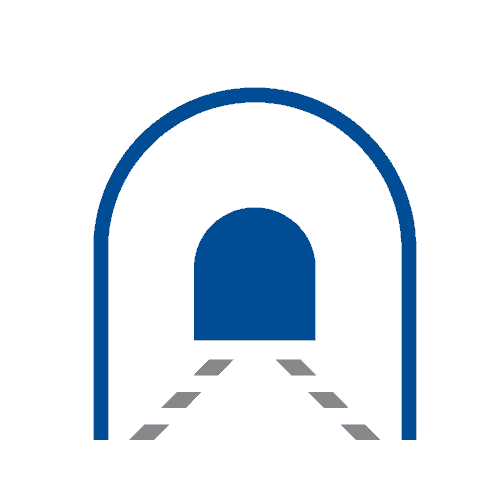




COMPLETE GLAUCOMA TESTING
Testing/ Diagnosis of Glaucoma
Our first-in-class technology suite provides better detection & better outcomes for your vision health.
Humphrey Field Analyzer II
Visual field testing is used to determine glaucoma severity, progression, and visual function impairment. The Humphrey Field Analyzer is an industry-recognized standard for visual field testing. It is used to detect and manage glaucoma at all stages. Various testing protocol are used for screening and monitoring early to advanced glaucoma. SITA SWAP, an additional test run using the Humphrey Field Analyzer, is used specifically to detect glaucoma in its earliest stages. This helps you get the treatment you need quickly and efficiently.
Our visual field testing completed using a Humphrey Field Analyzer is a painless diagnostic test that requires you to press a button each time a light appears on a dome. The accuracy or inaccuracy from the test helps us identify any weaknesses in your vision that may indicate glaucoma.
Why We Use the Humphrey Field Analyzer II
- Precision – This diagnostic tool is proven to provide accurate, reliable results.
- Early Detection – Identify vision loss due to glaucoma earlier than other technology.
- Speed – Complete in under two minutes.
- Accessible – Can be used by patients in wheelchairs or with visual and hearing impairments.
- Focal vs. Diffuse Vision Loss Recognition – Allows for better treatment plans.
- Comparison and Baseline Measurements for Diagnostics – Pulls data from age-matched populations to improve accuracy.

Humphrey Field Analyzer II
Visual field testing is used to determine glaucoma severity, progression, and visual function impairment. The Humphrey Field Analyzer is an industry-recognized standard for visual field testing. It is used to detect and manage glaucoma at all stages. Various testing protocol are used for screening and monitoring early to advanced glaucoma. SITA SWAP, an additional test run using the Humphrey Field Analyzer, is used specifically to detect glaucoma in its earliest stages. This helps you get the treatment you need quickly and efficiently.
Our visual field testing completed using a Humphrey Field Analyzer is a painless diagnostic test that requires you to press a button each time a light appears on a dome. The accuracy or inaccuracy from the test helps us identify any weaknesses in your vision that may indicate glaucoma.
Why We Use the Humphrey Field Analyzer II
- Precision – This diagnostic tool is proven to provide accurate, reliable results.
- Early Detection – Identify vision loss due to glaucoma earlier than other technology.
- Speed – Complete in under two minutes.
- Accessible – Can be used by patients in wheelchairs or with visual and hearing impairments.
- Focal vs. Diffuse Vision Loss Recognition – Allows for better treatment plans.
- Comparison and Baseline Measurements for Diagnostics – Pulls data from age-matched populations to improve accuracy.
START SEEING CLEARER
Treatment Options
Restore your vision & restore your life with the most modern glaucoma treatments available today.


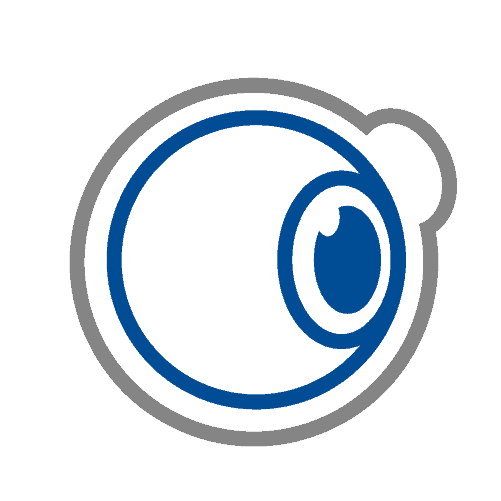
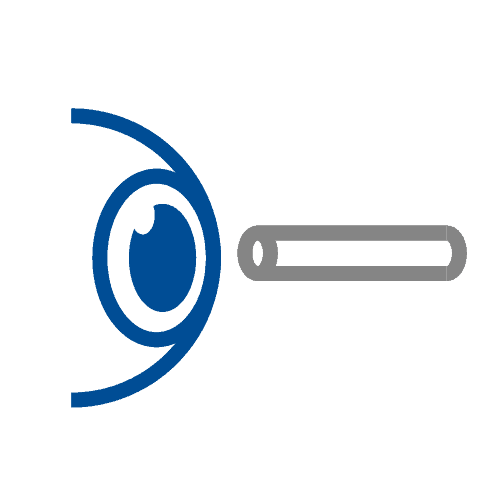

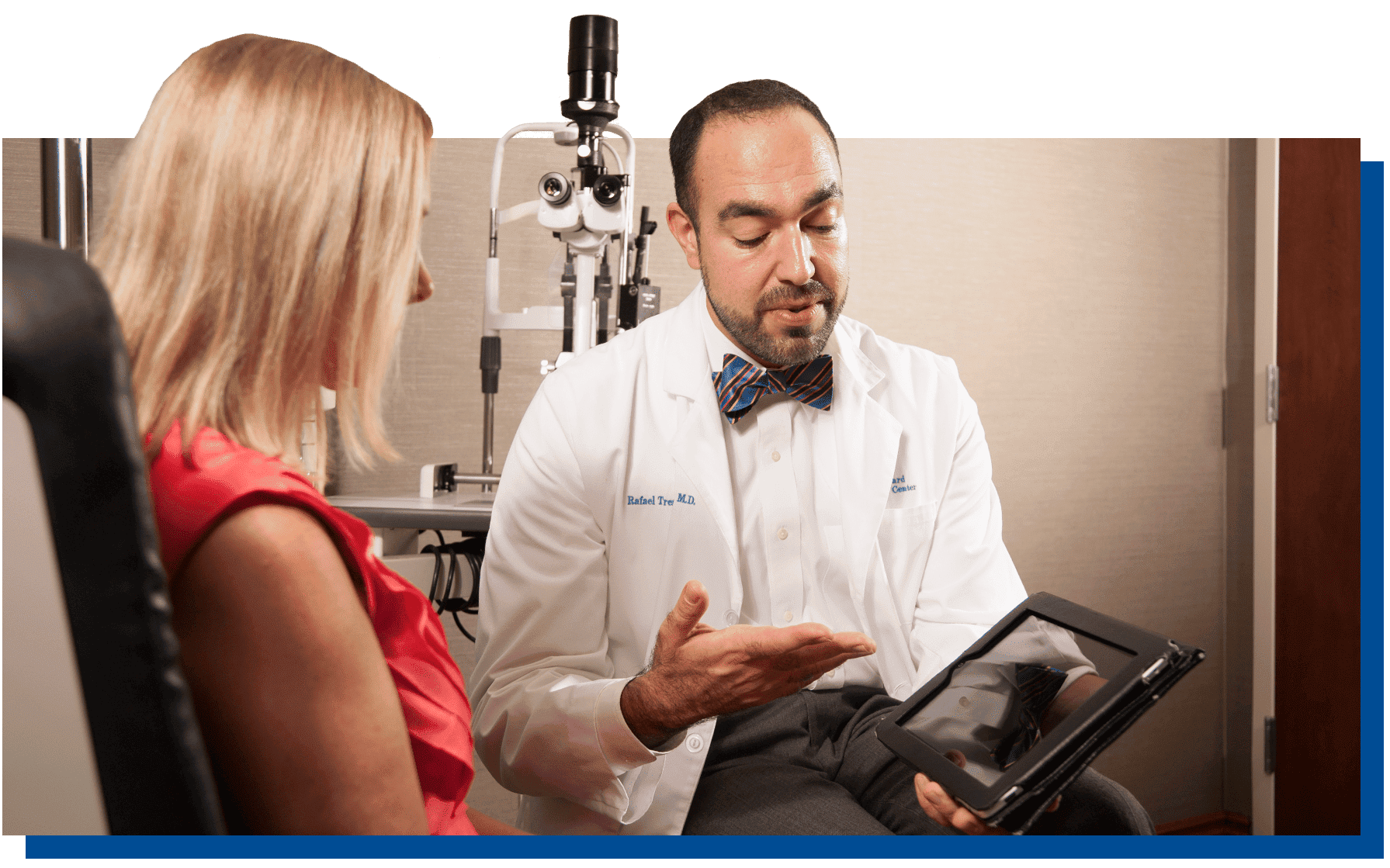
DETECT GLAUCOMA EARLIER
OCT Glaucoma Detection
This method of testing for glaucoma can detect glaucoma up to six years earlier than alternative options. This slowly progressing disease will begin to steal your sight before you are aware of its presence. In fact, vision loss is usually the first sign patients notice before a glaucoma diagnosis. This earlier detection is possible given the advanced technology that allows the thickness of the retinal nerve fiber layer to be measured. The OCT Glaucoma Detection technology is also able to detect macular degeneration, another eye concern.

No Dilation or Eye Drops
It’s no secret that people don’t enjoy the three hour period after an eye exam when they try to navigate the world with blurry, dilated eyes. When you come in for a GDx Access assessment you won’t need to have your eyes dilated nor will you have to deal with eye drops being placed in your eyes.
UP TO 6 YEARS FASTER AT DETECTING GLAUCOMA
With this advanced technology, you will know you have glaucoma long before it has a chance to destroy your vision. This is due to the ability to see the thickness of the retinal nerve fiber layer. Because we can detect glaucoma at such an early stage, we can get you onto an individualized treatment plan.

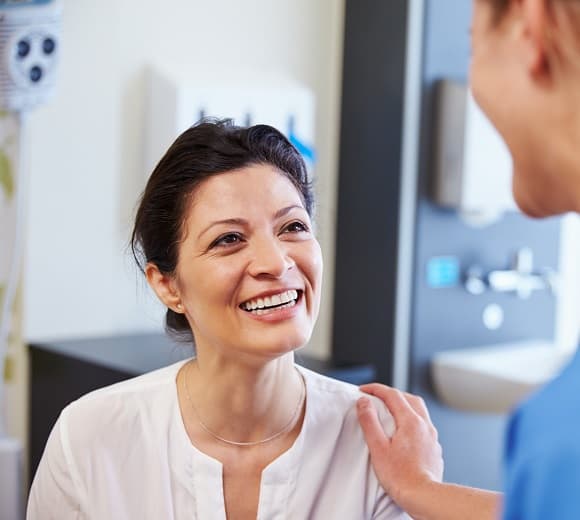
QUICK & EASY IN-OFFICE ASSESSMENT
Comfortable Procedure
This assessment might use advanced technology but it doesn’t mean extensive, uncomfortable assessments for you. The assessment will be performed in the clinic and is completed in a single day. With GDx Access you get easy, convenient results you can count on.
HUMPHREY FIELD ANALYZER
Visual Field Testing
Have you ever been told to click a button each time you see a light flash across a dome during your eye exam? If you’ve played this vision test ‘game’ you’ve undergone a visual field test. These are fairly common and can give valuable insights into vision loss and potential eye disease development.


FREQUENCY DEPENDS ON THE INDIVIDUAL
How Often Do I Need a Visual Field Test Done?
A visual field test is routinely done during every routine exam. However, under certain circumstances, the visual field test will be completed more than once in a routine period.
- If a change is seen in a routine exam then a retest will be conducted 1 to 3 months following the original assessment.
- If you notice a change in your vision then an opthamologist will likely suggest a retest.
Non-Invasive Glaucoma Treatment
This is a minimally invasive way for an ophthalmologist to access your vision and determine if you have blind spots or weakened points in your peripheral vision. The ophthalmologist can use the results of this test to then identify any areas of concern that will need further investigating.


Treatment Only Takes 15 Minutes
The visual field testing lasts for 10 to 15 minutes. Chances are you’ll be so focused on completing the test you won’t notice the minutes passing. Results are provided immediately, meaning we will be able to review your results with you the same day.
No Pain
Completing a visual field test is a bit like playing a vision game. There are no puffs of air as with intraocular pressure testing machines and there’s no pressure placed on your eyes. This painless assessment only requires you to press a button as you see lights appear. The hardest part will be focusing on looking straight the entire time.


CATCH VISUAL PROBLEMS ALL AT ONCE
What Does the Visual Field Test Show?
Visual field tests are able to identify a number of health problems. Major eye health related concerns include:
- Glaucoma
- Diabetes
- Optic Glioma
- Optic nerve disease
- Peripheral retinal disease
- Ptosis
Glaucoma FAQ
-
Who is at risk of developing glaucoma?
If you are over the age of 40, have a family history of glaucoma, or are of African, Asian or Hispanic heritage, you have a heightened risk of developing glaucoma. Other risk factors include:
- Myopia or hyperopia
- High eye pressure
- Sustained a previous eye injury
- Diabetes or other health concerns
-
How can I prevent glaucoma from worsening?
Keeping up with glaucoma treatment and regularly scheduling exams with your ophthalmologist can help you manage your glaucoma. You can also combat glaucoma by keeping a healthy lifestyle, cutting back on alcohol and caffeine intake, and eating healthy.
-
Is there a cure for glaucoma?
There is currently no cure for glaucoma. However, there are treatments to slow the progression of glaucoma. These treatments help to prevent total blindness caused by glaucoma.
-
What causes glaucoma?
Glaucoma is caused by damage to the optic nerve. You are unlikely to see symptoms until later in life which makes regular eye exams important for early detection. Glaucoma is linked to high eye pressure, referred to as intraocular pressure or IOP. This increased IOP is caused by a blockage in the channel that allows for fluid to flow from your eye.
-
Is glaucoma hereditary?
Glaucoma is hereditary and having a family history of the disease greatly increased your odds of developing glaucoma in the future. If you have a family history of glaucoma you should be aware of the symptoms and consistently visit the ophthalmologist for regular exams. This gives you a chance to catch glaucoma early and begin a treatment plan.
-
What is the difference between open- and closed-angle glaucoma?
Most forms of glaucoma fall into one of two categories: open-angle or angle-closure. Open-angle glaucoma is the most common and gradual. Due to excess fluid or insufficient eye drainage, pressure slowly builds in the eye, slowing robbing vision. Angle-closure glaucoma occurs when the iris blocks the aqueous humor, causing a major drainage stoppage. As a result, pressure builds fast, stealing vision at a rapid pace. This version requires prompt medical attention and treatment.
-
Can I get back vision that has been lost to glaucoma?
Unfortunately, vision that has declined due to glaucoma cannot be restored. While modern treatments are effective at slowing or stopping the progression of glaucoma, doctors do not have a solution for vision that has already been lost to the condition. The reason why our eye doctors stress regular screening and early treatment for glaucoma is to prevent irreversible vision loss.
-
How can I tell if I have glaucoma?
Symptoms like peripheral vision loss, light halos, and blind spots within your field of vision may be clues. However, almost half of the 3 million Americans who have glaucoma are unaware that they have the condition. This can happen because early glaucoma strikes gradually enough that people attribute their declining vision to aging. Your best bet for detecting glaucoma is with regular vision screenings.
-
How often should I visit my doctor for glaucoma treatment?
That depends on the severity of your glaucoma and the type of treatment plan you are on. Some patients require appointments every few months, while some who have stabilized their glaucoma can return to one appointment per year. The important thing is to stick to your treatment to prevent glaucoma from robbing you of your vision. -
What are the different forms of glaucoma?
Glaucoma is an umbrella term that describes any condition where pressure builds inside the eye and damages the optic nerve. Forms of open-angle glaucoma include primary open-angle glaucoma, pigmentary glaucoma, angle-recession glaucoma, low-pressure glaucoma, congenital glaucoma, and pseudoexfoliative glaucoma. Forms of closed-angle glaucoma include chronic angle-closure glaucoma, acute angle-closure glaucoma, secondary angle-closure glaucoma, and neovascular glaucoma.
-
What is the optic nerve?
The optic nerve is located at the back of the eye and is responsible for passing communication from the retina (the part of the eye that receives images from incoming light) to the brain. If intraocular pressure mounts in the eye, this damages the optic nerve. Consequently, the retina is not able to communicate as effectively with the brain and quality of vision is diminished.
-
Can glaucoma make me go blind?
When glaucoma is ignored indefinitely, it is possible for people to go blind from this condition. In fact, glaucoma is one of the leading causes of blindness throughout the world. However, completely losing your sight is far less common here in the United States due to availability and accessibility of doctors and treatments. The key to maintaining as much sight as possible is to be proactive about your eye care so blindness does not become a concern.
